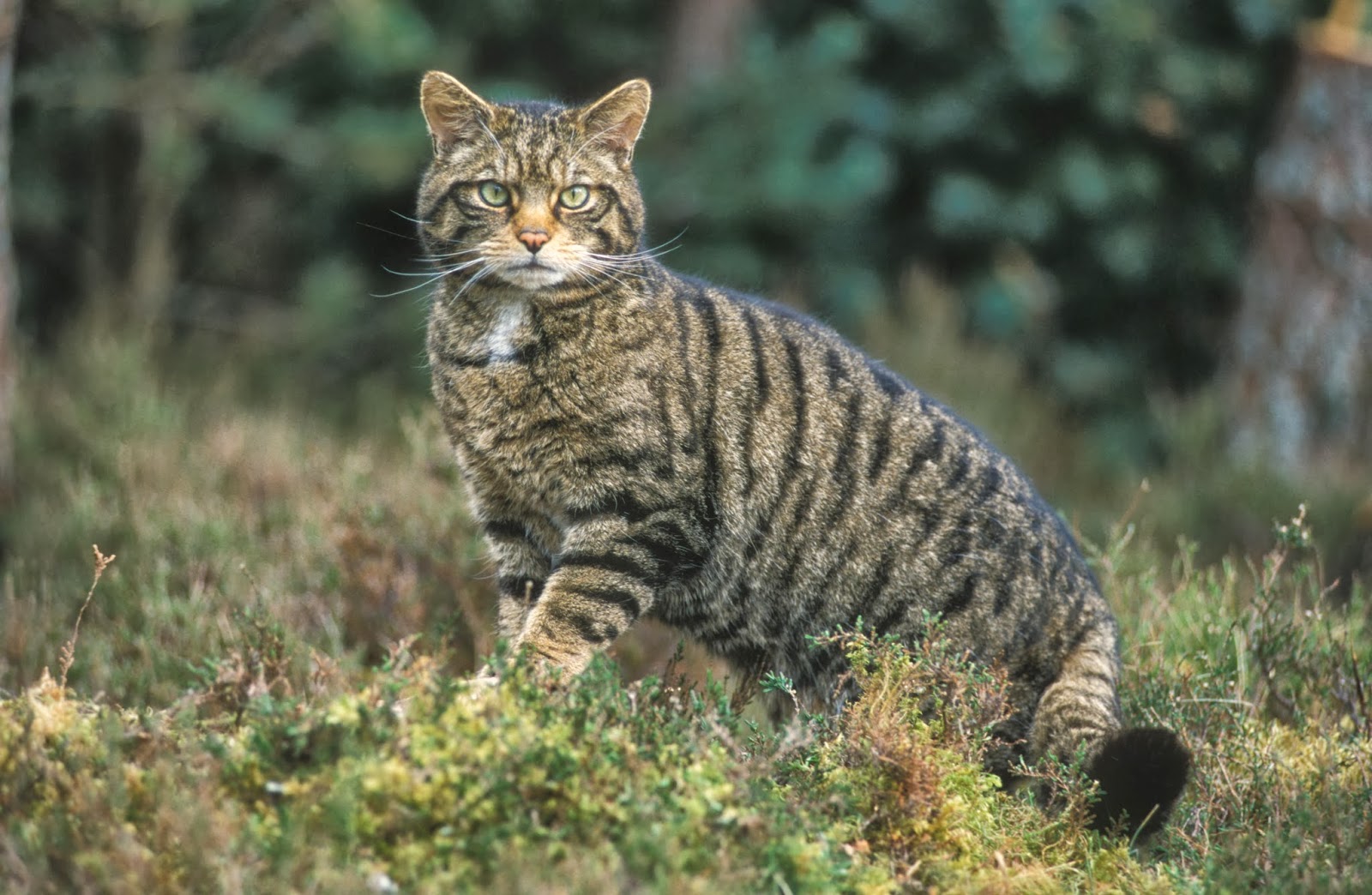In the video game the interface is also known
as the HUD (Heads-Up-Display) which allows the player to see pieces of
information about the character while playing the character simultaneously. It
shows the characters information such as:
- An indication of
game progress level/score
So the interface art is designed to match the
theme of the game while still displaying the clear information of the character’s
status. Every game has its own unique interface to match the certain style of
the game.
The image above is an example of the
interface/HUD from World of Warcraft (well an old version of it but it’s still
a good example). In the top left corner you can see the player’s character’s
status with characters face, name, health bar, secondary bar and current level.
Underneath that is the characters pet or sidekick with its own status display
and at the right of the characters status bar is another player’s status bar
but it only shows health, name and current level.
On the top right corner is the mini map which shows the
name of the area and the exact location with the mini map that always pointing
north. It also has the option to open up a full map of the world and to zoom in
or out on the mini map.
At the bottom of the image when you see that
blue line, that’s the indication of the character’s levelling system, also note
that it is in a third person view allowing the player to see the world and
his/her character.
Note that it’s viewed in a first person view so that the
player can see the world around him/her but the player cannot see his/her character
(except for the hand and gun). On the bottom right corner you can see the
status of the player such as the health with a 100% and with heart monitor and
under that is the status of the weapon which shows the weapon has 20 bullets in
the gun and has 108 bullets left.
On the bottom left corner is the mini map to show the
player’s current location with a compass at the bottom indicating North to
North/West. Just on top of the mini map is the status of the game that
indicates the current status of the teams. I have played this game before from
what I can tell that this a game of conquest were two teams must capture the
most territory than the other team in order to win. The more territory you
capture the other team will lose points. The blue colour represents the player’s
team and the orange colour represents the enemy team (and from the looks of the
score the blue is winning).
At the bottom centre you can see the player’s scores in
the blue writing, it shows the number of points and why he/she have earn these
points and under that is the statement of a kill with name of the player (green
text), the name of the gun (white text) and the name of the victim (orange text).
Also there is the crosshairs that helps the player to aim the gun but it’s hard
to see it because the crosshairs is white and the map is a snowy terrain.




















